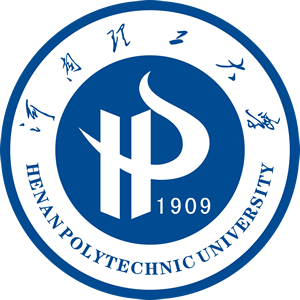
地址: 河南省焦作市高新区世纪路2001号[454000] Tel: 0391-3987069 E-mail: zkxb@hpu.edu.cn,skxb@hpu.edu.cn |

请您访问
|

社会科学版
|
| 供稿: 杨春花 | 时间: 2018-12-20 | 次数: |
作者:杨春花
作者单位:西华师范大学外国语学院
摘要:翻译不仅是一种双语转换活动,还是一种跨文化交际活动。翻译与文化有着密不可分的关系。生活在不同文化背景下的译者,对同一文学形象必然有着不同的美学体验。不同的译者再现文学形象的外貌美、服饰美和语言美时,往往会受其母语文化的影响而采用不同的翻译策略。因此,《红楼梦》中的主要人物王熙凤在杨译和霍译中所呈现出的文学形象美也是不尽相同的。
DOI:10.16698/j.hpu(social.sciences).1673-9779.2013.01.007
分类号:I207.411
Abstract:Translation is not only an activity of bilingual transference but also an intercultural communication. It is closely related to culture. Translators who live in different culture background are sure to have different aesthetic experience of the same literary figure. Under the influence of cultural difference, different translator tends to employ different translation strategies in the modeling of literary figure's appearance, costume and language. Therefore, Wang Xifeng, as one of the main literary figures in Hongloumeng, takes on a different look in Yang Xianyi's version and David Hawkes' version.